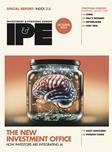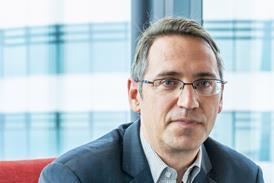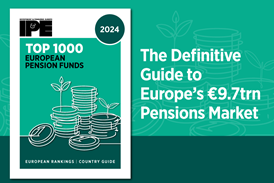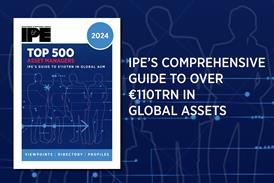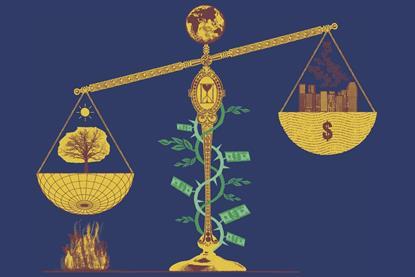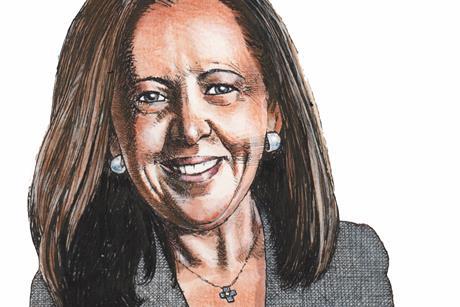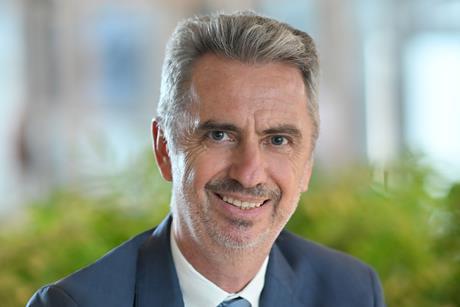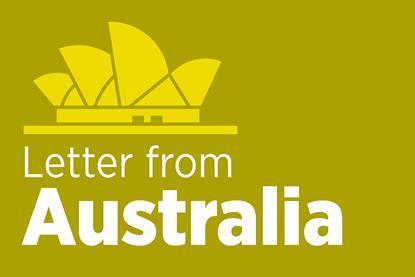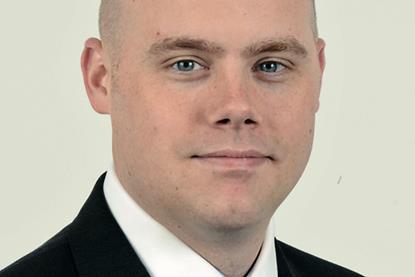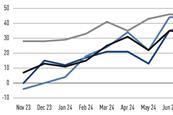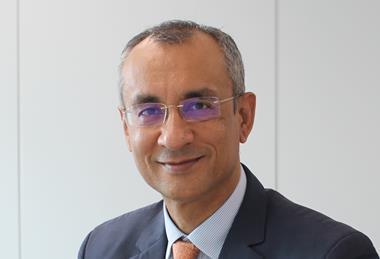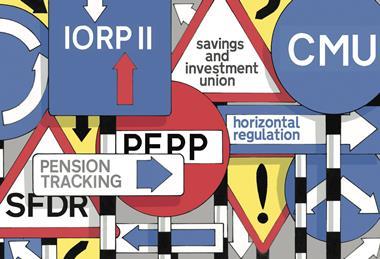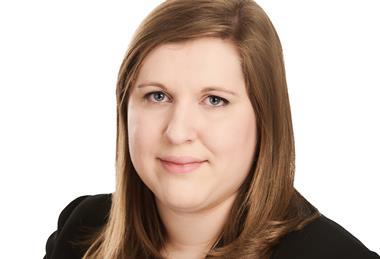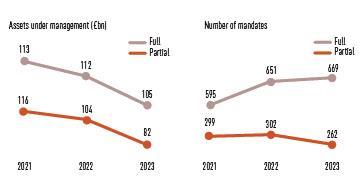Top stories
TPT launches £800m liquid alternatives fund
This is TPT Investment Management’s fourth fund in a series of seven planned funds
Inarcassa to boost alternatives with €900m investment
The boost represents an increase of 6.3% compared to the current allocation level
Velliv says impact product revamp ‘in theory makes for better returns’
Danish mutual pension provider redesigns ideas behind VækstPension Aftryk, defines four categories of sustainable investment targets, adds asset classes
TNFD teams up with WWF to improve nature-related corporate disclosures
WWF publishes report with own recommendations for corporate nature target setting
LTAF ‘entirely’ aligned with Mansion House Compact gets regulatory approval
The LTAF has been set up by Future Growth Capital – the private markets investment manager launched by Schroders and Phoenix Group
German Insurance Association calls on government to improve third pillar reform draft
GDV says the value of lifelong benefits is underestimated in the public perception
Laborfonds tenders eight equities, bonds mandates worth €2.8bn
The deadline for applications has been set for 8 November
AP7 joins call for US states to cut oil/gas sector methane emissions
Swedish national pension fund said reducing methane leaks from oil and gas industry is ‘one of cheapest ways to reduce GHG emissions quickly’
DC transition prompts Dutch tyres and wheels fund to up investment risk
The fund’s risk preference survey among participants shows that younger cohorts are able and willing to take more risk
ESAs slam Commission’s rejection of DORA’s technical standards
ESMA, EBA and EIOPA have jointly called on the European Commission to reconsider its stance
PRI in Person: Climate resilience and biodiversity front and centre
The 16th annual PRI in Person conference, held in Toronto last week, covered a range of issues, including climate resilience, biodiversity and the limits of policy makers
People moves: Bob Campion to join Van Lanschot Kempen
Plus: TPTInvestment Management picks new managing director; France’s CNAVPL elects president
Eoin Murray joins Rebalance Earth as chief investment officer
The company plans to mobilise £10bn to restore nature at landscape and seascape level in the UK
AMF brings forward CEO succession; Flodén takes helm on 4 November
Sidenmark gives way to new CEO two months earlier than planned, as transition process proves “smoother and more efficient” than board expected
Disagreements over pension reform persist in the Netherlands
When King Willem-Alexander read out his speech at the opening of the Dutch parliament, the topic of pensions was missing.
Investors must work together to improve AI stewardship
While perhaps the same cannot be said about climate change, there seems to be a consensus about artificial intelligence (AI) in the United Nations General Assembly.
The EU needs a few more AP7s
Europe sure does not have a savings problem – EU household savings amounted to €1.4trn in 2022 versus €840bn in the US. What Europe does have, though, is a glut of bank savings capital that serves as a double bind.
IPE DACH Briefing: KENFO claims Generational Capital concept will meet expectations
Plus: Rentenpaket II reform debate brings division; Swiss schemes use Swiss National Bank Bills
Viewpoint: Pension funds must be at the centre of the UK investment debate
Long-term net zero delivery success demands a pro-investment, co-investment mindset from all sides
IPE Nordic Briefing: Norway bumps up SWF spend once more in 2025 budget
Plus: ATP’s own CSRD reporting wishlist; Sweden’s Pensions Agency rule-breaking
IPE ESG Briefing: Net zero ‘an asset owner story’
Plus: Global taskforce launched focused on financial risks posed by social issues; Dutch regulator proposes amendments to ESG reporting templates
SEI Investments seeks new partnership approach
SEI Investments, the Pennsylvania-based technology and investment firm, was a vocal advocate for independent fiduciary management in the UK pension industry.
Cassa Nazionale del Notariato: Megatrend investor
Stella Giovannoli, CIO and CFO at Italy’s Cassa Nazionale del Notariato, talks to Carlo Svaluto Moreolo about the efforts to modernise the fund
How two pension funds are already using AI
PGGM is using large language models in ESG, generic AI in forecasting to improve on quant models and ChatGPT to improve coding.
HSBC Asset Management puts team culture at the fore in growth strategy
It’s often said that timing is everything. Nicholas Moreau sees an element of luck in the timing of his appointment to the helm of HSBC Asset Management in September 2019. This gave him a six-month head start in his role as CEO by the time the COVID pandemic arrived in early 2020.
IPE Magazine October 2024
Read the latest issue of IPE Magazine
Browse the digital edition and find highlights from this month's issue below
Digital edition of IPE magazine
October Highlights
Australian regulators take a deep dive into growing private markets sector
The recent brisk battle to buy an Australian data centre platform, AirTrunk, pushed the price to more than A$24bn (€14.5bn) – double what was anticipated just a few months ago.
Europe’s Corporate Sustainability Reporting Directive is an opportunity, not a threat
The Corporate Sustainability Reporting Directive (CSRD) is often mentioned as one of the examples of the European Commission’s excessive zeal when working to implement the Green Deal. It is singled out as an example of overregulation that negatively impacts the competitiveness of European corporations, creates barriers to accessing the EU market and is costly to implement.
US high yield bonds punch out of a corner
US high yield has come a long way from its murky beginnings with the very high yielding bonds of so called ‘fallen angels’, and Drexel Burnham Lambert’s Michael Milken offering bonds newly issued by corporates with sub-investment grade ratings for the first time in the 1980s, properly introducing the world to high yield bond investing.
How two pension funds are already using AI
PGGM is using large language models in ESG, generic AI in forecasting to improve on quant models and ChatGPT to improve coding.
Pension funds on euro fixed income: navigating the rate cycle
We asked pension funds in Spain, Germany and Finland about their current views on European fixed income and credit as the ECB looks carefully at the timing and sequence of its rate cuts
Why emerging market debt deserves more scrutiny
Investors are becoming more sophisticated in how they approach emerging market debt
IPE Quest Expectations Indicator - October 2024
In generic US polls, Democrats beat Republicans, with a small but increasing margin, signalling an opportunity for reforms if Kamala Harris wins and a continuation of a divided and blocked Congress if Donald Trump wins.
- Previous
- Next
- Previous
- Next

